About Creativity Labs
Creativity Labs is a series of experiential training workshops designed to help teams be more creative and productive together.
Innovation Is Required
In today’s competitive marketplace, innovation is no longer an option—it’s a requirement. Give your team the creative skills they need to succeed.
Team Training for Businesses and Organizations
Creativity Labs offers experiential team training designed to promote creative thinking and collaboration. The curriculum comprises 6 components. Online videos and at-home assignments reinforce the learning. Each program is customized to fit your needs. We can tailor the experience to a full-day workshop, several partial-day workshops, or several full-day workshops. A virtual option is also available.
Options:
1. Fundamentals
The first lab is like a sampler—a powerful introduction to the skills and techniques of the creative process. We jump right in with experiential learning exercises and challenges. Participants focus on the basics and get a feel for the labs to come. Along the way they learn the vocabulary and key concepts involved in creative problem solving, giving them the language and skills that make feedback at work more useful.
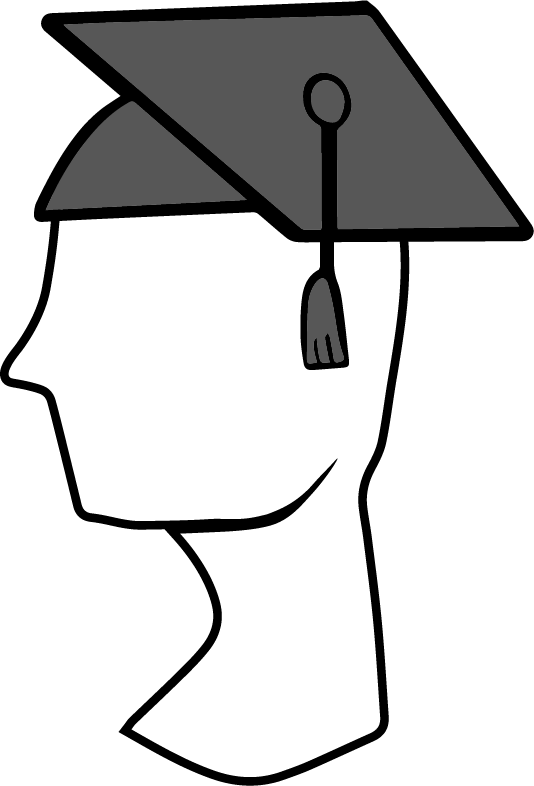
2. Explorer
The first role in the creative process is all about getting out—getting out of ruts, out of old habits, out of your own way. Instead we imagine the possibilities, try on new perspectives, and capturing ideas wherever they emerge. These observations and artifacts become the raw materials of the creative process.
Participants learn to master:
Participants tell us that this experience frees them up to expand their creative range: “You gave me permission to play in new ways! I needed that.”
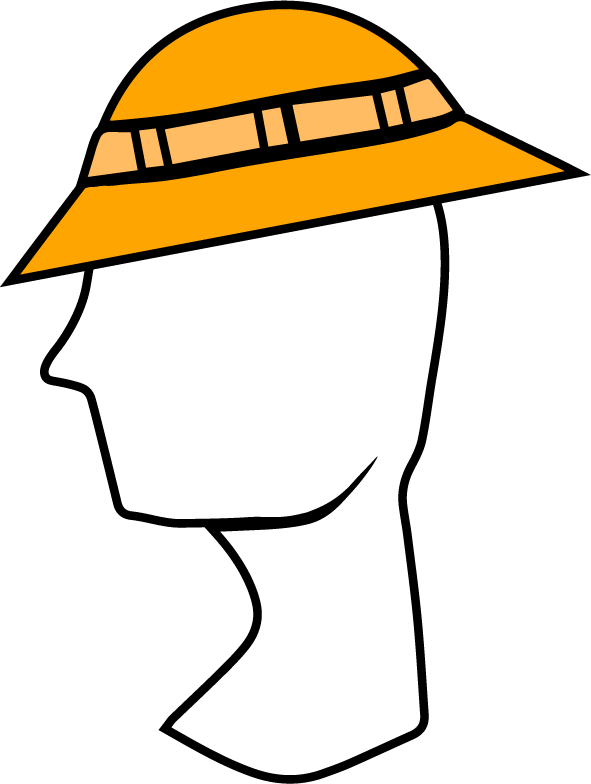
3. Artist
The artist role is the one most often associated with creativity. Some people think they aren’t creative because they don’t fit the artist stereotype, but this common misconception minimizes the other roles. The artist is the maker—the one who selects among options and creates a draft that’s good enough to be judged.
Participants learn to master:
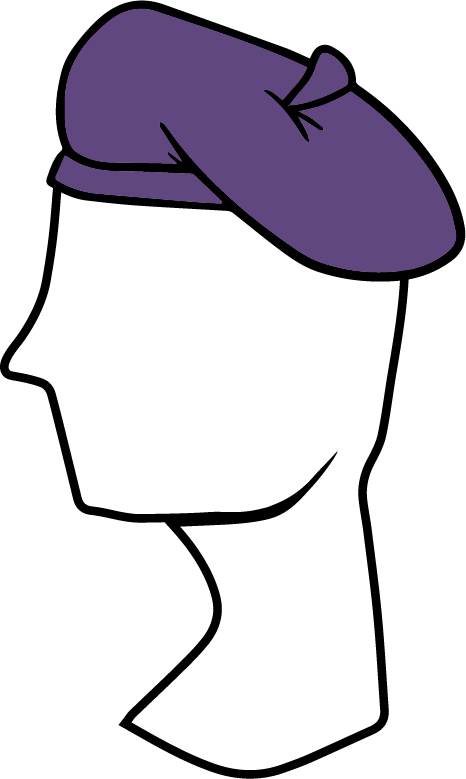
4. Judge
The judge makes decisions about the quality of the work and the place where it can best be used. The judge is highly skilled at giving feedback to the artist and sending approved work on to the warrior for publication.
Participants learn to master:

5. Warrior
The warrior fights for the work. The warrior’s sword attacks the status quo while the shield answers objections. The warrior also gathers intelligence from others (like critics & customers), bringing valuable feedback to the team for refinement and future projects.
Participants learn to master:
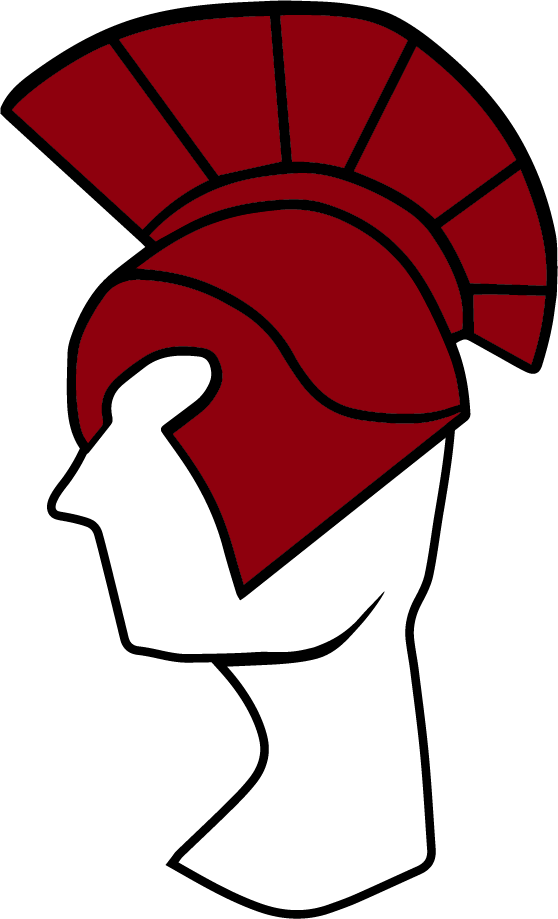
6. Synergy
The final workshop is all about integration and real-life application. In previous workshops, participants learn through practice projects. In Synergy we like to use projects from the client’s own work. Participants weave together all four roles, applying them to a team project that contributes to the team’s real-life mission.
Participants learn to master:
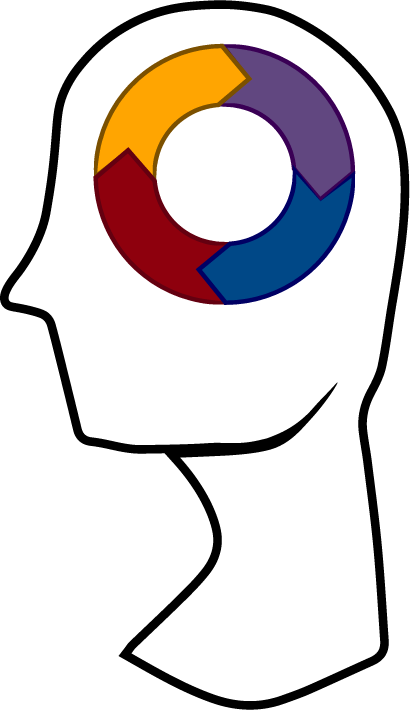
OK, let’s get started!
If you are ready to get the conversation started, contact us.
ARTICLES
Ken writes on topics like creativity, work, and productivity. Learn from his discoveries…and his mistakes.
